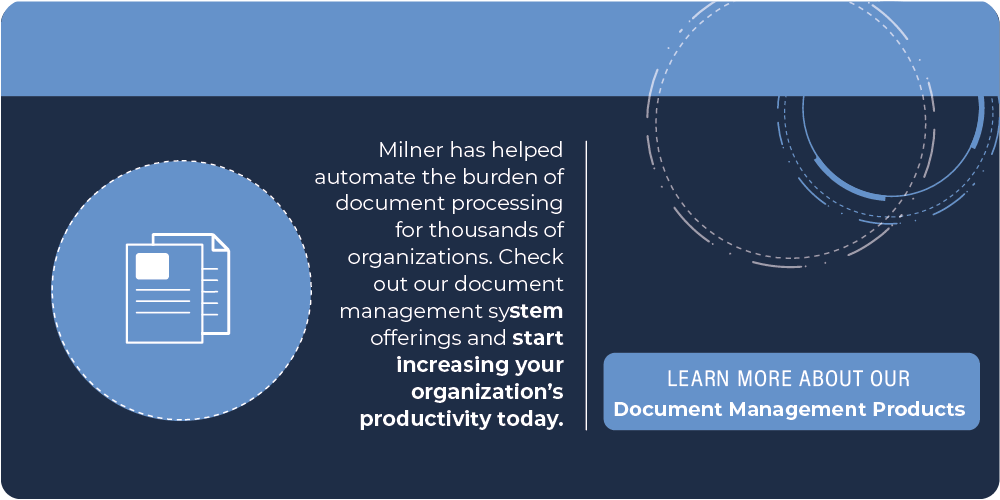9fe9508f92b643848c65ed2a2d365969.jpg?sfvrsn=e05f1362_0)
Sep 1, 2022
Disaster. Although it tends to bring to mind visions of hurricanes and snow storms, when disaster strikes businesses it is more often disguised as a hardware malfunction or malware. Regardless of the type of disaster, anything that brings your network down or wipes out even part of your data can cripple your entire operation. How severe this damage is depends on how fast you can recover.
Many organizations have a data back-up procedure that they rely on, and while it is a major aspect to disaster recovery, it only solves one of the many business challenges that arise out of such events, and even then it may not be enough to help you.
Many organizations expect that they can restore backed-up data manually by transferring it onto any new equipment. This is a slow and tedious process and can easily take weeks to fully restore you to normal operations. Days, at best. If you’re using backup tapes, this process becomes even more arduous. The lag time in recovery means that productivity starts from zero and slowly inches upward as you progressively move stored data onto the new server, restore permissions and reconnect your infrastructure. Unfortunately, the time it takes to recover from disaster is a critical time for almost any business. Industry surveys report that a network outage costs companies an average of $5,600 per minute, a number that jumps to over $330,000 per hour.
Without a solid disaster recovery or business continuity plan, you’ll be scrambling for high ground when disaster strikes
Restoring a server and the data contained on it is a primary concern in any disaster situation, whether it is as simple as malware on the server or as apocalyptic as a snow storm in Atlanta. Disaster recovery services go beyond data back up by providing a method to restore the data and bring all systems back online as quickly as possible. Ideally, this happens in minutes, as would be the case through a good Disaster Recovery as a Service (DRaaS) offering.
Although data backup isn’t enough, it is important to make that data as infallible as possible. It should be secure and stored on servers in multiple geographic locations. Companies relying on backup tapes are subject to the human latency that can occur, as well as the fallible nature of a single, tangible storage device that is often located close to home. Storing data without true geographical separation and multiple replication points means that a natural disaster could easily bring you to your knees.
To really protect your organizations most critical asset (data) from impending doom, you need to have a disaster recovery plan. This requires all the managers to carefully plan for all contingencies and ensure that all systems are covered and all data can be available as quickly as possible. These plans need to be custom to your organization. If you're not sure where to begin, your DRaaS provider should be able to assist you with crafting the right plan. All aspects of disaster recovery, especially the technical components, should be tested on a quarterly basis.
Disaster can strike at the heart and core of your business by devastating your data and network systems. With some careful planning and a robust disaster recovery plan, organizations can ensure that their recovery is complete within minutes, as opposed to days.
Do you have a Disaster Recovery plan? Milner provides Disaster Recovery as a Service (DRaaS) to clients across the country, ensuring that businesses of all sizes do not experience the devastation that even the simplest disaster can create. To help you get started, download our free disaster recovery checklist.
